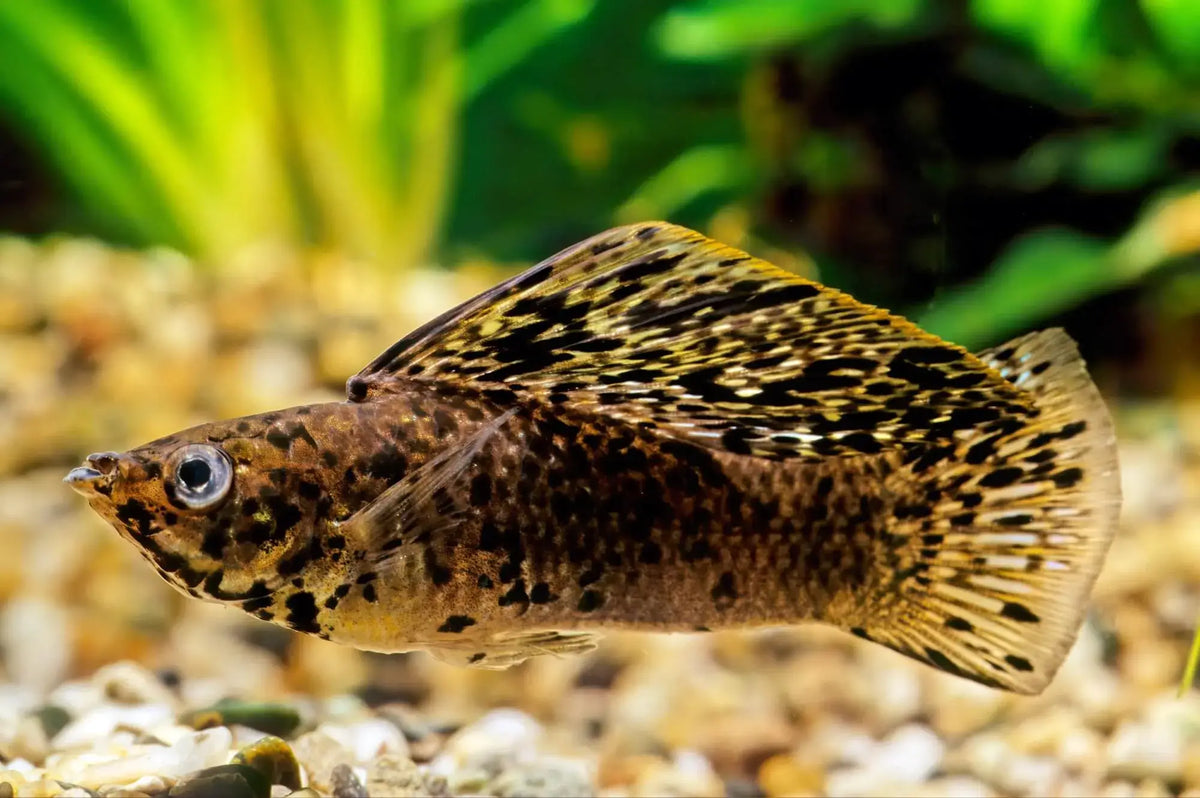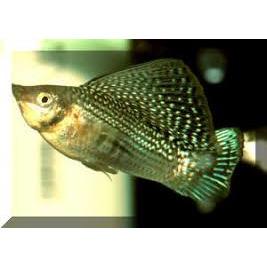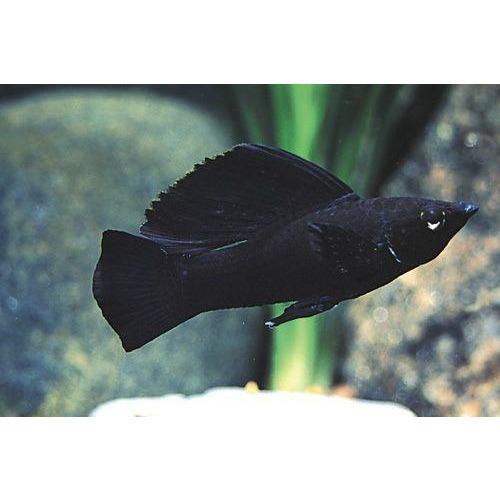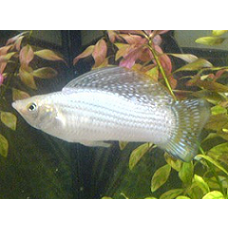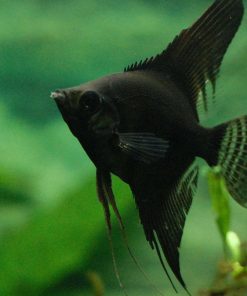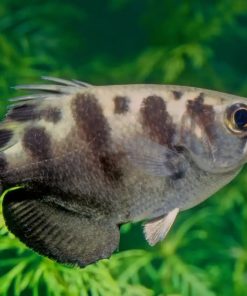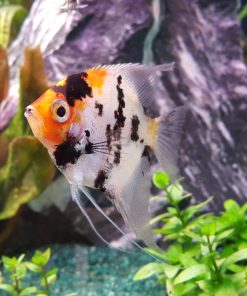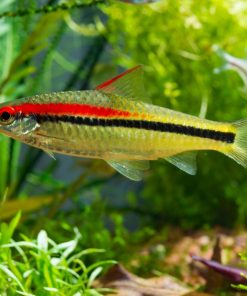Molly – Sailfin Assorted Colours Aquarium Gallery
$ 12,00 $ 7,20
Colours may vary from picture
Maximum Standard Length
Male 5″ (12.5cm). Female 4″ (11cm)
Aquarium Size
30″ x 15″ x 12″
Maintenance
A densely planted aquarium with some open space for swimming. It should be noted that these are highly vegetarian fish so any soft-leaved plants may be destroyed. Allowing some common green algae will provide additional food for the fish.
This species must be maintained in moderately hard or harder water, with a basic pH. When kept in soft or acidic water, the fish weakens fairly rapidly, frequently indicated by shimmying, fungus, and/or clamped fins. Salt is not necessary, as it is the “hard” minerals (calcium, magnesium) that are crucial to the long-term health of this species.
Water Conditions
Temperature: 70ºF to 79ºF (21-26°C)
pH: 7.0-8.5
Hardness: 15-35 dH
Diet
Wild fish are almost exclusively herbivorous, feeding on algae and other plant material. Today’s tank-bred fish are far-removed from their ancestors and will accept most foods offered but some vegetable matter such as blanched spinach or vegetable flake should be included in the diet. If insufficient greenstuff is provided male dorsal fin development may be impaired.
Behaviour and Compatibility
Generally suitable for a hard water community although may pick on smaller fish as it matures. Males can be aggressive to one another, particularly when spawning. Suggested tankmates include other livebearers, some catfish.
Sexual Dimorphism
Males possess a gonopodium and a large, long, sail-like dorsal fin.
Reproduction
Easy. It is recommended to maintain this species in trios of 2 females to a single male as males can be quite vigorous in their pursuit of mates. Reproduces in the usual livebearer fashion. Gestation is a little longer than in some species taking around 2 months, after which up to 50 young may be produced. These are relatively large and will accept brine shrimp nauplii, micoworm or powdered flake from birth. The breeding tank should be heavily planted if the fry are to survive predation by the parents and other fish. The best method is to remove gravid females to a separate tank until they give birth. Interestingly wild-type fish are much less likely to eat their offspring than the domestic forms.
Fast Shipping and Professional Packaging
Because of our long-standing relationship with UPS FedEx DHL as well as other leading global carriers, we can offer a variety shipping options. Our warehouse staff is highly skilled and will wrap your goods in accordance with our exact and precise specifications. Your goods will go through a thorough inspection and be adequately secured before being shipped. We ship to thousands customers every day from all over the world. This demonstrates our dedication to become the biggest online retailer in the world. Both Europe as well as the USA have distribution and warehouse centers.
Note that orders containing more than one item are processed according to the particular item.
Before shipping, we will inspect the ordered items thoroughly. Today, the majority of orders will be delivered within 48 hours. The delivery time is estimated to be between three and seven days.
Returns
Due to the multiple parties involved, including the factory and the warehouse, we're unable to completely manage our stock. Therefore, the actual inventory could change at any time. It's possible that the stock may run out after your order has been processed.
Our policy is for 30 days. If you don't receive your product within 30 days, we are not able to issue a refund or an exchange.
Your item should be in its original packaging and in good condition. It must also not be used. The item must be returned in the original packaging.
Related products
Freshwater tropical fish
Freshwater tropical fish
Freshwater tropical fish
Freshwater tropical fish
Freshwater tropical fish
Freshwater tropical fish
Freshwater tropical fish
Freshwater tropical fish
Freshwater tropical fish
Freshwater tropical fish
Freshwater tropical fish
Freshwater tropical fish
Freshwater tropical fish
Freshwater tropical fish
Apistogramma – Cacatuoides Mega Orange PAIR Bundarra Tropical Fish Farm
Freshwater tropical fish
Freshwater tropical fish
Freshwater tropical fish
Freshwater tropical fish
Apistogramma – Viejita Red Edge PAIR Bundarra Tropical Fish Farm
Freshwater tropical fish
Freshwater tropical fish
Freshwater tropical fish
Freshwater tropical fish
Freshwater tropical fish
Freshwater tropical fish
Freshwater tropical fish
Freshwater tropical fish
Freshwater tropical fish
Freshwater tropical fish
Freshwater tropical fish
Freshwater tropical fish
Freshwater tropical fish
Angelfish Red Devil 4cm (A Grade) Bundarra Tropical Fish Farm
Freshwater tropical fish
